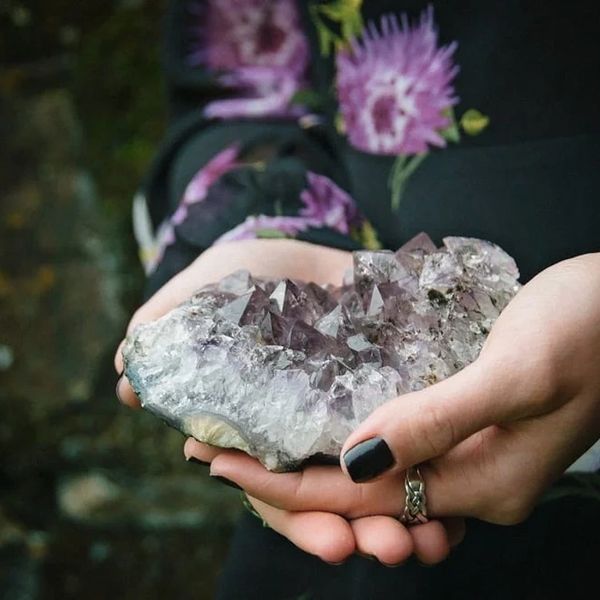Camera Settings For Sunrise
As the first light of dawn breaks over the horizon, capturing the essence of a sunrise can be a truly exhilarating experience for photographers. The soft, warm tones and the gentle dance of light on the landscape create a breathtaking scene that is both peaceful and awe-inspiring. To freeze this fleeting moment in time, understanding the right camera settings is crucial.
Sunrises present a unique challenge due to the rapid change in light conditions, from the deep blues and purples of pre-dawn to the vibrant oranges and pinks as the sun rises. This dynamic range requires a thoughtful approach to camera settings to ensure that the resulting photographs are well-exposed, detailed, and visually appealing.
Understanding Your Camera
Before diving into the specific settings, it’s essential to have a good grasp of your camera’s capabilities and how to adjust its settings quickly. This includes understanding the exposure triangle (aperture, shutter speed, and ISO), white balance, and the various modes your camera offers (Manual, Aperture Priority, Shutter Priority, etc.).
Basic Camera Settings for Sunrise
Mode: Shooting in Manual (M) mode gives you the most control over your camera settings. However, if you’re not comfortable with manual adjustments, Aperture Priority (A/Av) mode can also be an excellent choice, allowing you to set the aperture while the camera adjusts the shutter speed.
Aperture: A wide aperture (small f-stop number, e.g., f/2.8) can create a shallow depth of field, making your subject stand out, but for landscapes, you typically want more of the scene in focus. An aperture between f/8 and f/11 is often a good starting point for sunrise photography.
Shutter Speed: This will depend on the effect you’re aiming for. Faster shutter speeds (around 1/100th of a second or faster) will freeze the moment, while slower speeds (1 second or slower) can create a sense of motion in clouds or water. For a standard sunrise shot, start with a medium shutter speed (around 1/30th to 1/60th of a second) and adjust based on your composition and the light.
ISO: Keep your ISO as low as possible (preferably ISO 100 or 200) to minimize noise and ensure the best image quality. However, if you’re shooting in very low light conditions, you might need to increase the ISO. Be cautious, as high ISOs can introduce noise.
White Balance: Auto White Balance (AWB) often works well, but you might prefer to set it to “Daylight” or “Cloudy” to enhance the warm tones of the sunrise. Shooting in RAW format gives you more flexibility to adjust the white balance in post-processing.
Autofocus: Use the autofocus to ensure your subject is sharp. For landscapes, focus on a point about one-third of the way down from the top of the frame. You can also use manual focus for more precise control.
Image Stabilization: If your camera or lens has image stabilization, enable it to help reduce camera shake, especially when shooting handheld or in low light conditions.
Advanced Techniques
Bracketing: Shooting in HDR (High Dynamic Range) can be beneficial during sunrise, as it allows you to capture a range of exposures and later merge them into a single image that retains detail in both the shadows and the highlights. Check your camera for an auto-bracketing feature.
Graduated Neutral Density Filters: If you’re shooting with a DSLR or mirrorless camera and have access to filters, a graduated neutral density (ND) filter can be incredibly useful. It helps balance the exposure between the bright sky and the darker land, reducing the need for post-processing.
Composition: Don’t forget the fundamentals of composition. Look for leading lines, symmetry, or interesting foreground elements to add depth to your photos. The rule of thirds can also be applied by placing the horizon along one of the lines, rather than centering it.
Post-Processing
While getting the shot right in the camera is ideal, post-processing can significantly enhance your sunrise photographs. Adjusting the white balance, exposure, and contrast can help bring out the vibrancy and depth of the colors captured during the sunrise. Tools like Lightroom and Photoshop offer powerful controls for editing your photographs.
Conclusion
Capturing the beauty of a sunrise is a rewarding experience that requires a combination of technical knowledge, creativity, and patience. By understanding and applying the right camera settings and techniques, you can create stunning photographs that evoke the serene and powerful moment of sunrise. Remember, practice makes perfect, so keep experimenting with different settings and techniques to find what works best for you and your style of photography.
What are the best camera settings for capturing sunrises?
+The best camera settings for sunrises include shooting in Manual mode with an aperture between f/8 and f/11, a shutter speed that can vary depending on the desired effect (around 1/30th to 1/60th of a second for a standard shot), and the lowest possible ISO (preferably ISO 100 or 200) to minimize noise.
How do I adjust the white balance for sunrise photography?
+For sunrise photography, you can set your white balance to “Daylight” or “Cloudy” to enhance the warm tones. However, shooting in RAW format gives you the flexibility to adjust the white balance later in post-processing.
What is the benefit of using HDR or bracketing in sunrise photography?
+Shooting in HDR or using bracketing allows you to capture a range of exposures, which can later be merged into a single image that retains detail in both the shadows and the highlights, making it particularly useful for sunrise photography where there’s a high contrast between light and dark areas.

